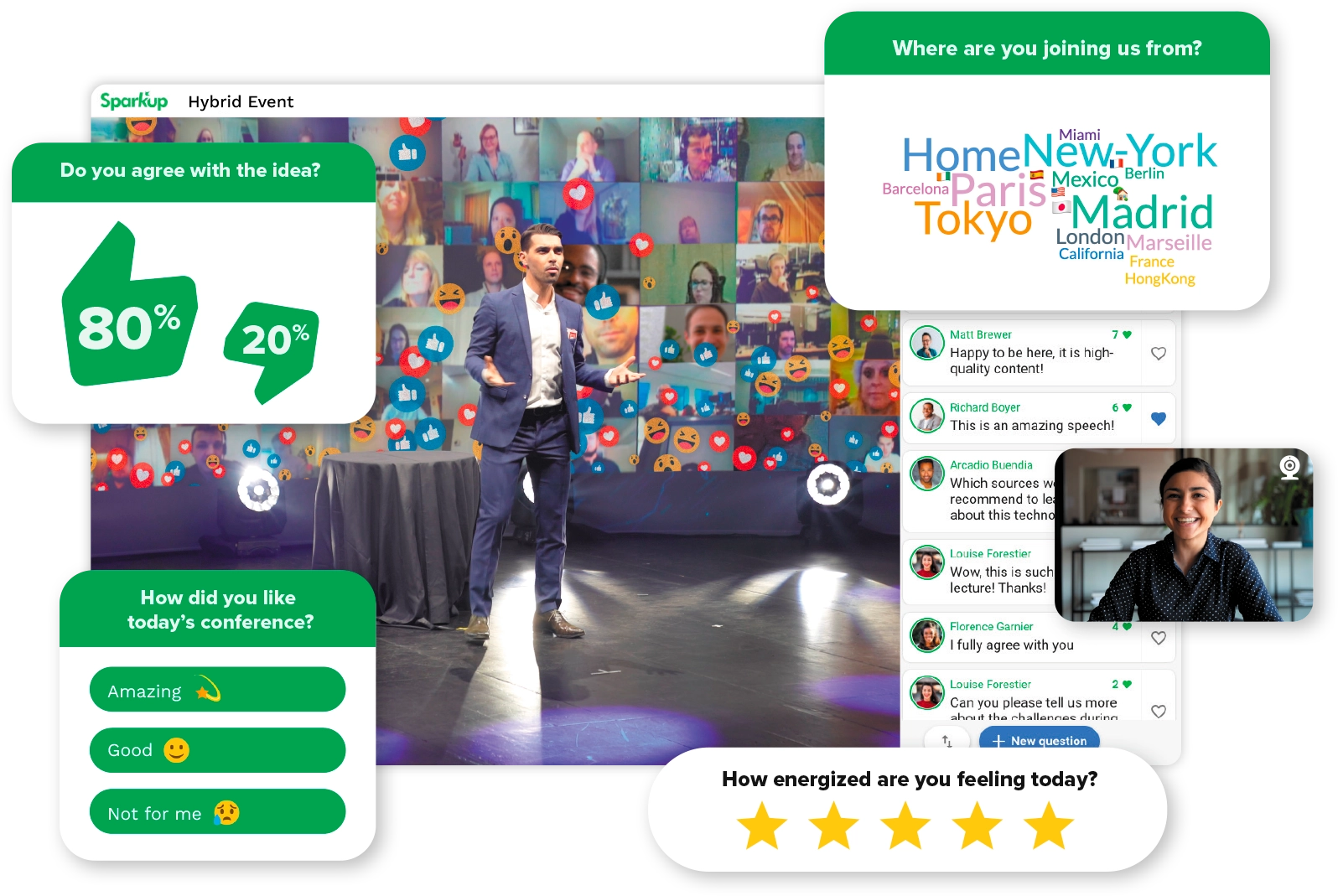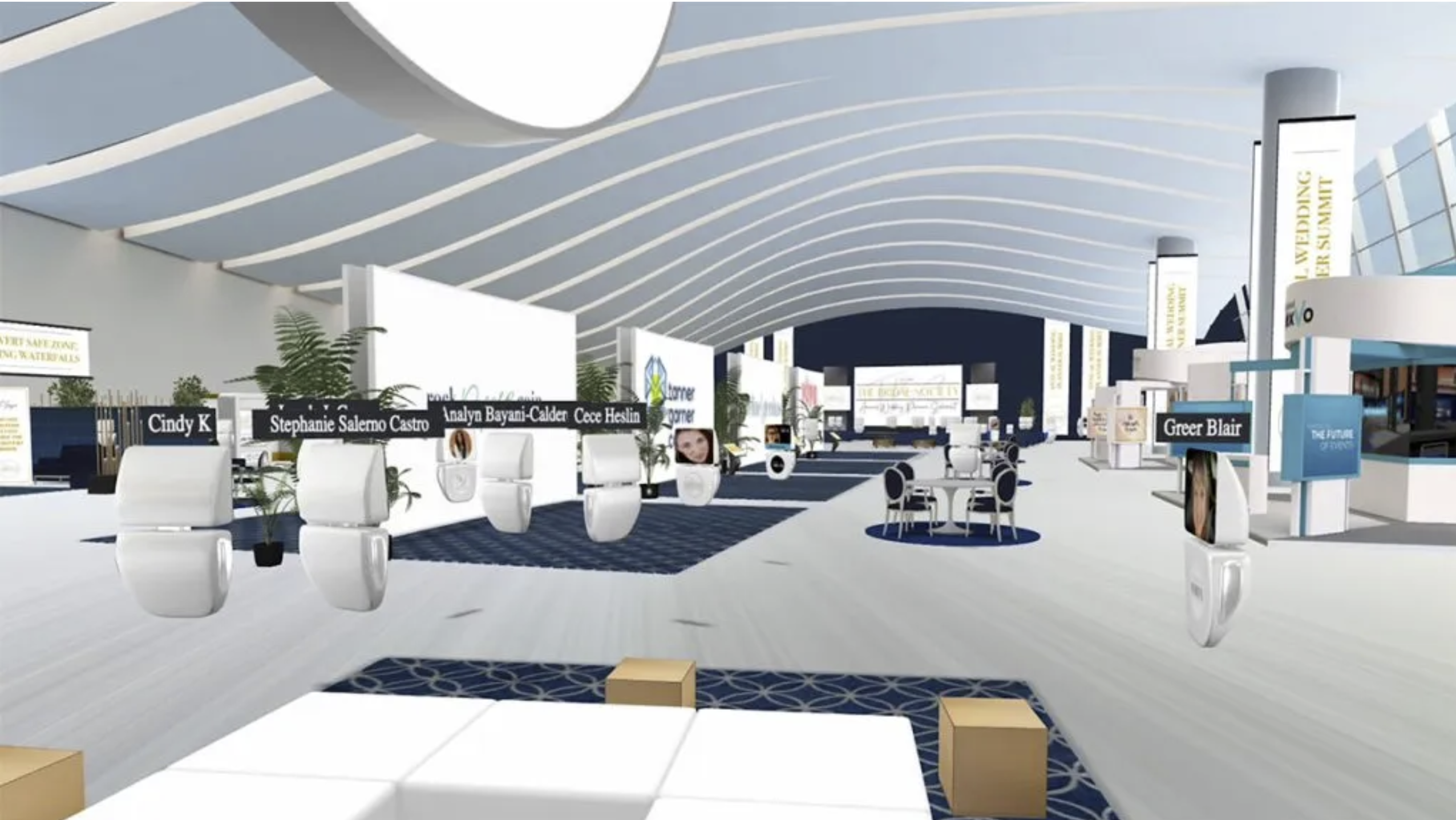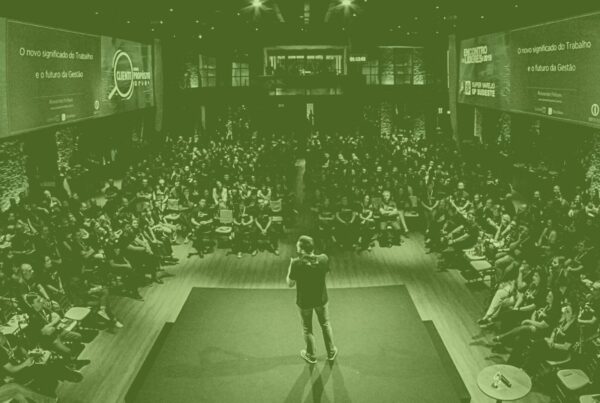The holiday parties are upon us, but colder weather means that COVID-19 is on the rise. Many companies may opt to exercise caution and consider pivoting to virtual and hybrid events. Some might prefer virtual get-togethers over face-to-face events. To successfully recreate the in-person experience online, planners need to consider the following challenges. How to create serendipity and exciting spontaneity of in-person event experiences online? How to make people feel less alienated in a format that physically separates us?
Luckily, there are ways to make events feel just as natural in a digital realm as in-person. But they require a few tweaks to ensure your audience feels like they’re part of the event – even if they’re sitting at home on their couch. Here’s a recap of all the best practices we’ve learned in the last two years as an event management company.
Promote the Event on Several Channels
The first step to planning a successful virtual event is to create a solid marketing plan. Your audience should understand that it’s a real event you’re planning, not just another webinar resembling a conference call.
Your audience should understand the benefits of attending. It is critical to communicate to your audience why they should come. Will they get access to exclusive content? Will they get a chance to build strong relationships via networking? Is it an opportunity to advance your career? State the benefits of attending.
Promote your event on social media and email, sending consistent reminders and offering early-bird perks, such as bonus content or a discount.
Make Your Online Audience Feel Seen
When you’re hosting a virtual event, one of your biggest challenges will be making your audience feel like they’re physically there. Firstly, the best way to recreate the in-person event experience online is to get a keynote speaker who understands the virtual format.
Here’s how to make a virtual audience feel like they’re at an in-person event:
- Call your audience members out by name throughout the presentation.
- Maintain eye contact with the camera.
- Show interest in your audience and put them at ease by asking them an ice-breaker question.
- Encourage them to participate in live polling and Q&As with tools like Slido.
- Prepare an immersive and interactive experience that’ll keep your virtual audience at the edge of their seats, following Sparkup’s example.
- End the session on a high note so the audience feels energized.
Finally, make your virtual audience feel seen and understood by keeping your sessions short and packed with valuable information. If your sessions are longer than 30 minutes, consider adding a reminder to stretch or drink water. They’ll appreciate it. Source: Sparkup
Source: Sparkup
Host Smaller Virtual Breakout Sessions
Prominent keynote speakers might be one of the strongest selling points of your annual in-person conference, but they can quickly turn into a snoozefest in a virtual setting.
Smaller breakout sessions are a great way to keep attendees engaged and on their toes. They’re usually more interactive and allow attendees to network with other participants in smaller groups, which is great for networking purposes too.
Additionally, breakout sessions typically cover topics that might be too niche for the main stage. For example, if you have an event focused on sales training and want to discuss how AI can help with customer service efficiency across several departments within a company, host a smaller breakout session. That way, only those interested in AI can attend, while others take a break or attend another session more to their liking.
Make Online Networking as Easy as Possible
One of the most significant advantages of in-person events is that they provide endless opportunities to meet people in organic ways. Recreating the serendipity of in-person events online is challenging but not impossible.
According to the Event Brew podcast hosts, virtual networking works best when planners provide the audience with multiple ways to meet. Let your guests engage with each other on their terms – and encourage them to do so!
You can foster virtual networking through the following avenues:
- Organized networking sessions. Allow attendees to attend networking sessions according to the program.
- Attendee profiles. If you use an event platform to host your event, attendees can create profiles and add each other just like on social media platforms, such as LinkedIn. Have attendees fill out their profiles before the event so they can befriend other attendees as soon as possible.
- Data-informed networking. Platforms like Braindate connect attendees based on their interests and expertise.
- Small breakout sessions. As discussed above, small breakout sessions encourage communication among attendees with similar interests.
But remember, online networking is an excellent way to expand your audience and promote your brand, but it’s only for some. Let your audience dictate your decisions. If your attendees are primarily interested in content or they know each other already, don’t force networking down their throats.
Choose an Event Platform with an Interactive Map Feature
At in-person events, attendees spend a fair share of their time walking around, bumping into each other, and exploring the venue. In comparison, virtual events often consist of clicking on a link to join a call, which makes for a dull and isolating event experience.
However, virtual events can also have a spatial element. Some event platforms, such as Allseated’s exVo, offer the interactive map feature, making guests feel like they’re at a physical venue rather than on a call. They can walk around, run into each other, attend a session at the main stage, or visit sponsor booths.
To see a list of the best event platforms that offer this feature (and more), download our list of Top 100 Event Platforms. You can browse and compare platforms based on features and pricing. Source: Allseated
Source: Allseated
Produce Your Event in a Studio
Virtual events often don’t look different than a regular Zoom call, which is miles away from an energetic in-person event experience. To recreate that in-person feel, consider hosting your event in a studio. That’s much more exciting than a webcam view with a blurry background.
The perks of hosting an event in a studio go beyond recreating the in-person event experience online:
- Studio production is a great way to create a more intimate experience for your audience.
- Because of their high production capabilities, studios make your content and presenters look more professional, engaging, and entertaining.
- You can use audience engagement tools and bring attendees on stage by broadcasting their webcam.
- You can re-broadcast the event and make it available to your viewers on demand on your community platform.
- You can repurpose studio-produced content for marketing purposes.
Create a Community Around Your Event or Brand
Last but not least, if you’re looking to recreate the in-person event experience online, look into community marketing. Currently, it’s one of the biggest trends in the events industry and marketing in general.
The key benefit of an online community is to give attendees space to talk and interact with each other, your brand, and your sponsors 24/7. You can even host your online or hybrid event within your community platform. Let the best online community examples be your guide. And if you’re an event prof, join your colleagues in the #EventProfs Community.
Recreate the In-Person Event Experience with Endless
Despite its limitations, the online event experience doesn’t have to be bland or impersonal. On the contrary – you can make it feel as personal and interactive as an in-person event. However, you’ll need to do more than send an invite with a link.
You can recreate the in-person experience online by following these six steps:
- Make your audience feel seen (a competent virtual event speaker is crucial)
- Host smaller breakout sessions (with a focus on niche topics)
- Offer several networking options (giving attendees autonomy over their experience)
- Choose an event platform with an interactive map (let attendees ‘walk’ around your virtual venue)
- Produce your event in a studio (impress your audience and repurpose recorded content)
- Create a community around your brand (a digital space where your audience can meet 24/7)
Just like in-person events, premium online event experiences require careful planning and management. It’s where production, event technology, and an overarching event strategy meet in unique ways. See how Endless can help you recreate the in-person experience online.








